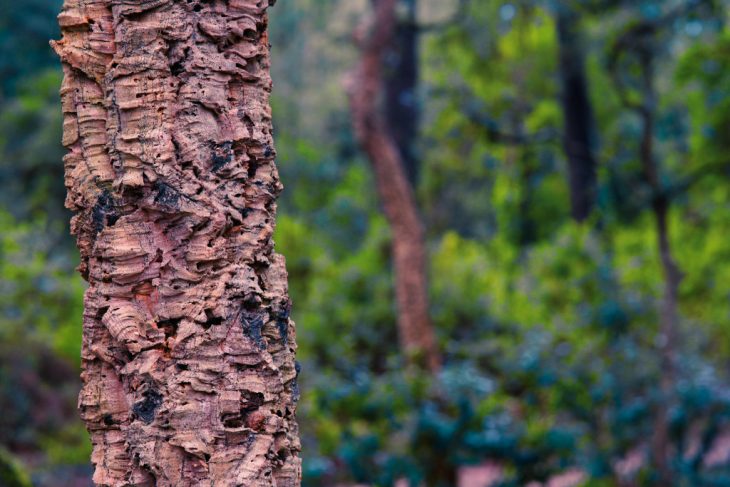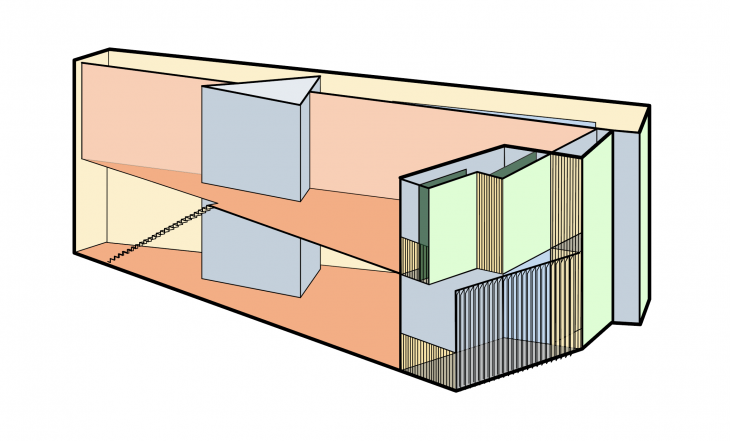
Cork Tree, Mathis Jrdl, Capbreton, France
For the love of Cork, a natural, beneficial, resilient material that most of us recognize from a packaged wine bottle. However, cork is quickly penetrating the design and construction industry in more ways than one. Everything from furniture to tiny decor has been explored with this versatile material and the benefits are long when we push it further into architecture as flooring and insulation.
Cork comes from an oak tree, Quercus Suber, native to the western Mediterranean and Northern Africa where they live 150-250 years even having their bark harvested every 7-9 years. In fact, some say that removing the trees bark to maximum of 15-20 times during its lifetime actually increases the overall trees vitality.
Predominantly cork has been harvested in only a small handful of countries and until recently, has always managed to find a balance to meet its demand. With all these new discoveries comes a panic that there might not be enough to support the applications but can we afford to ignore these possibilities?
If we first peek into the topic of climate, cork graciously assists in the absorption of Co2, in fact, 3-5 times more effectively then non-harvested trees. Portugal cork trees alone offset 10 million tons of carbon every year. In terms of its production, outside of requiring skilled tradespeople to harvest, no cork goes to waste during manufacturing, any waste gets fed back into the production cycle. The granules are steam-heated and pressed into a board, causing the cork to expand, which activates a natural binder known as suberin that then naturally, without binders or chemicals, fuses the granules.
With my latest building proposal, Block Botanic, I decided to make up for the feasibility and budget or cork by incorporating it as an exposed wall facade and flooring underlayment. Traditionally we hide our insulation away behind drywall, or plywood but using such a beautiful and eclectic material, why not reveal it within the living space. Using cork as insulation also makes it more sound resilient between the neighbouring units and is fire retardant, water proof and mildew proof. It is a win win even with the added cost upfront.

Thermodynamics & Cork application for Wall Insulation & Flooring Sublayer, Illustration by Moni El Batrik
Block Botanic is a Project of IAAC, Institute of Advanced Architecture of Catalonia developed at Master of Advanced Ecological Buildings and Biocities in 2020/2021 by Moni El Batrik and the faculty: Miquel Rodriguez